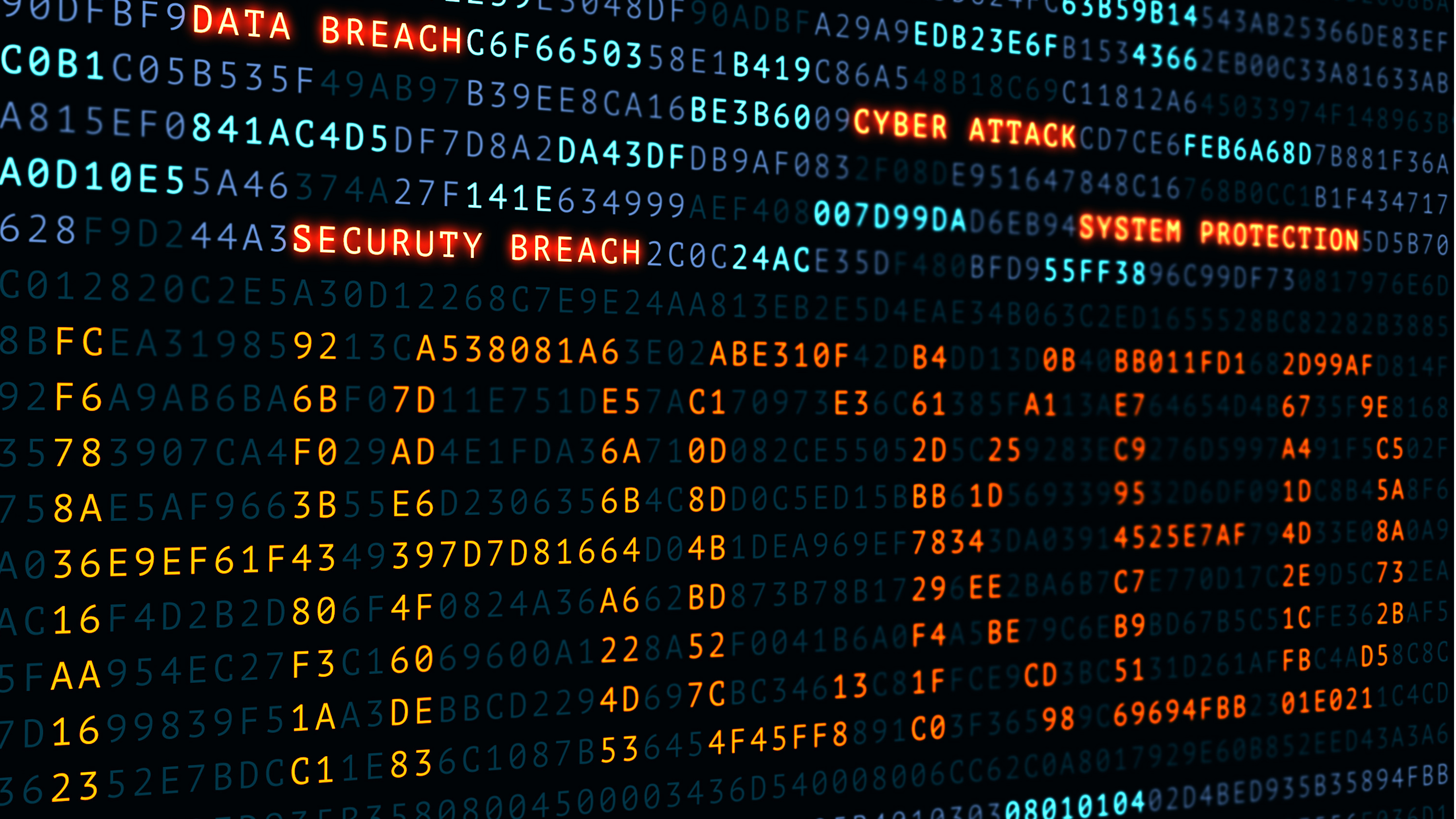Your website has been hacked... What should you do next?
Retrieve your hacked website with these steps

A website hack can be a scary and overwhelming experience for any business or individual website owner.
Not only is your website’s security compromised, but you have to worry about the safety of your customers’ data as well.
It’s important to remain calm and take the right steps in order to protect yourself and your customers. Here are some tips on what you should do if your website has been hacked.
How websites get hacked
Hackers use a variety of techniques to gain access to websites and personal data. Some common vulnerabilities include outdated software, lack of user authentication, unencrypted sensitive information, malicious botnets, and weak passwords.
Outdated software is especially vulnerable because hackers know that security patches are not being updated regularly. User authentication is also critical; if your website doesn't require users to log in before accessing certain areas of your site, then it's vulnerable to attack.
Unencrypted sensitive data can be easily accessed by hackers as well; always make sure that any confidential information on your website is encrypted using secure protocols such as SSL/TLS.
Malicious botnets can also be used by hackers to gain access to websites through Distributed Denial of Service (DDoS) attacks. Finally, weak passwords are another easy target for hackers; using strong passwords with a combination of upper-case letters, lower-case letters, numbers, and symbols will help prevent attacks from occurring.
Sign up to the TechRadar Pro newsletter to get all the top news, opinion, features and guidance your business needs to succeed!

Website hacking: The different types
SQL Injection – This type of attack is one of the most common types of website hacking and involves tricking a web application into executing malicious code by inputting invalid data into a form field or URL parameter. It works by exploiting vulnerabilities in a web application's database layer, allowing hackers to access or modify confidential information or delete data without permission.
Cross-Site Scripting (XSS) – XSS attacks involve injecting malicious code into an otherwise secure website, often with the goal of stealing sensitive data such as passwords or credit card numbers. The malicious code is usually disguised as legitimate HTML tags and scripts, which makes it difficult to detect unless you know what to look for.
Distributed Denial-of-Service (DDoS) – DDoS attacks are designed to overwhelm websites with huge amounts of traffic so they become unavailable to legitimate users. Attackers typically use botnets - networks of computers infected with malicious software - to generate this traffic, making them much harder to defend against than other types of attacks.
Phishing – Phishing is another common type of attack in which attackers send fraudulent emails that appear to be from a legitimate source in an attempt to trick victims into revealing sensitive information such as usernames, passwords, and financial details. These emails often contain links that lead to malicious websites or downloadable files that install malware on your computer if opened.
Brute force attacks – Brute force attacks are attempts by hackers to gain access to your site by guessing passwords over and over again until they get it right. To minimize your risk from these attacks, make sure you use strong passwords and enable two-factor authentication wherever possible on your site.
Malware attacks - Malware is short for “malicious software” and refers to programs designed specifically to damage or disrupt computer systems and networks, often to steal confidential data or cause financial losses for victims through ransomware or other means. Malware attacks can be spread via email attachments, downloads, links on compromised websites, etc., so it’s important to ensure all software programs are up-to-date and security patches are applied regularly to protect against these threats
Man-in-the-Middle (MitM) attacks - MitM attacks occur when an attacker intercepts communications between two parties without either party being aware that their communication has been intercepted by a third party who then takes control over their communication channel without either side knowing about it until after their connection has been hijacked. This type of attack allows attackers access not only sensitive data but also control over user accounts like bank accounts or social media profiles. MitM attacks are also commonly used by hackers attempting identity theft.
What to do if your website has been hacked
The first step is identifying that your website has been hacked. This can be done by checking for any suspicious activity or behavior on your site. If you notice any strange links or redirects that were not present before, it could be an indication that someone has gained unauthorized access to your website.
You should also check for any new users or files on your server; if they are not familiar to you, it is possible they have been added by someone with malicious intent. Additionally, if your website suddenly experiences a decrease in traffic or rankings on search engine results pages (SERPs), it could mean that someone has inserted malicious code into your site.

How to diagnose a hacked website
Once you detect that something is amiss with your website, it’s time to start diagnosing where the issue lies so you can begin fixing it. Start by checking all of your website’s files for any malicious code that may have been injected into them—this will help narrow down where the culprit may be hiding.
You should also scan all of your databases for anything suspicious; look for any unfamiliar entries as well as deleted data since these both indicate malicious activity. Finally, review the security logs associated with your hosting provider; this will give you an idea of what kind of attack was attempted against your site and whether or not there was successful exploitation of vulnerabilities in security protocols.
Fixing a hacked website
Once you have located where and how the hack occurred, it is time to start fixing it. Depending on the type of hack and its severity, this could involve updating software, cleaning up malicious code or corrupted files, changing passwords, restoring backups of legitimate data files, or even completely rebuilding your site from scratch if needed.
It’s important to note that some hacks may require professional help in order to be properly fixed; if this is the case for you then don't hesitate to reach out for assistance from an experienced developer who specializes in security issues.
How to prevent your website from being hacked
Install a Web Application Firewall (WAF)
A Web Application Firewall acts as an additional line of defense against malicious attacks. It monitors incoming traffic and blocks any suspicious activity or requests that could potentially harm your website or its data. WAFs are particularly useful for websites with a lot of user-generated content, such as online forums or shopping sites, as they provide extra protection against SQL injection attacks and other malicious activities.
Update your software regularly
Regularly updating your software is one of the simplest but most effective ways to protect your website from hacking attempts. Software updates often include important security patches that fix vulnerabilities in the code that can be exploited by hackers. Therefore, it’s important to ensure that all of your software—including your operating system, web server, content management system (CMS), plugins, etc.—are up-to-date at all times.
Use strong passwords
One of the easiest ways for hackers to gain access to a website is via weak passwords that have been guessed or cracked easily using brute force methods. To prevent this from happening, it’s important to always use strong passwords for all of your accounts on the web server and CMS platforms—and also encourage users to do the same when creating accounts on your site. A strong password should consist of at least 12 characters and include both lowercase and uppercase letters, numbers, and symbols where allowed. Avoid using common words or phrases as these can easily be guessed or hacked into using brute force methods.
Monitor access logs regularly
Access logs keep track of who has accessed files on a web server over time; by monitoring them regularly you can identify any suspicious activities that might indicate a hacker attempting to break into your website or gain unauthorized access to sensitive information stored within it. While some hosting providers offer automated log monitoring services as part of their packages, you should also consider investing in third-party solutions that provide more comprehensive coverage to better protect yourself from cyber threats such as ransomware and data theft attempts by malicious actors online.
Implement SSL encryption
Secure Sockets Layer (SSL) encryption ensures that all communication between visitors’ browsers and your web server is securely encrypted so that hackers cannot intercept the data being transmitted back and forth between them without authorization—greatly reducing the risk of data breaches due to hacking attempts by malicious actors online. All websites should be secured with SSL encryption regardless of whether they collect personal information from visitors or not; this helps build trust with potential customers and encourages them to use your services knowing their data is safe with you.
- Most of the best website builder providers offer SSL certificates for your site
Ruby has been a freelance technology writer for over four years and has a passion for information technology and the Internet in its entirety. She has a wide range of specialities including web hosting, streaming (Firestick, Kodi, and APKs), VPN, information technology, and affiliate marketing. Ruby is a graduate of Bachelor of Science in Commerce from the University of the Philippines, and regularly codes in her free time.